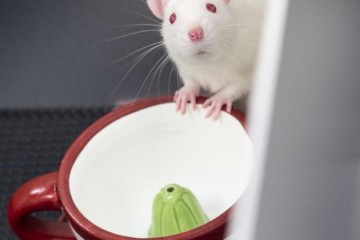CRACK IT Solution
Reducing animal numbers in tasks of memory

At a glance
Completed
Award date
January 2014 - December 2015
Contract amount
£29,850
Contractor(s)
R
- Reduction
